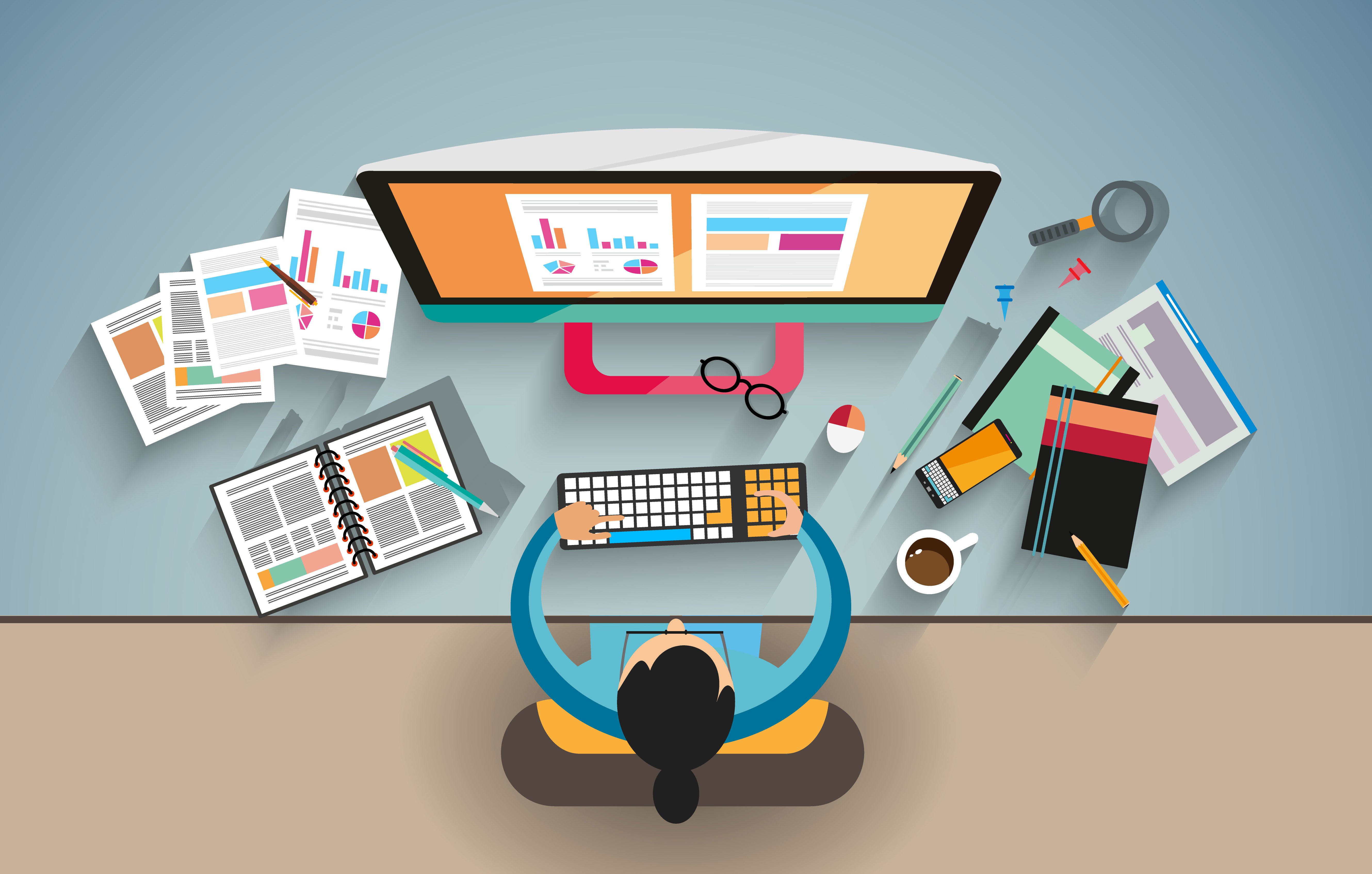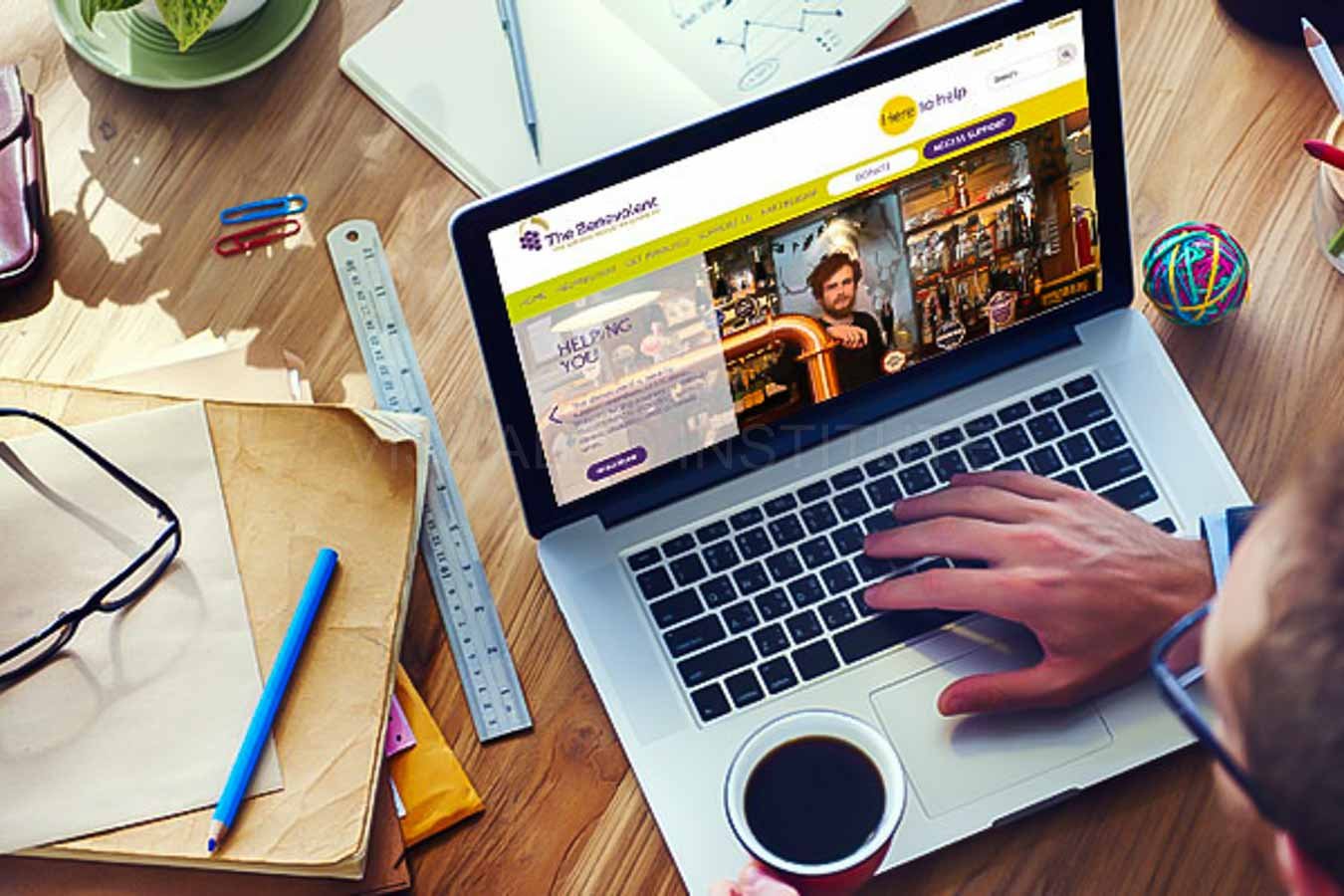Aligned Position Web Design: Delivering High-Quality, User-Friendly Web Designs for Every Industry
Aligned Position Web Design: Delivering High-Quality, User-Friendly Web Designs for Every Industry
Blog Article
The Most Effective Kinds Of Web Style to Improve Customer Experience and Engagement
In the ever-evolving landscape of digital interaction, the effectiveness of Web design considerably affects individual experience and interaction. Numerous layout approaches, such as minimalist, responsive, and interactive layouts, each offer unique advantages that can cater to diverse individual needs.
Minimalist Web Style
As digital landscapes end up being increasingly cluttered, minimalist Web design has become an effective approach to boosting customer experience. This style approach prioritizes simplicity, concentrating on vital aspects while eliminating unnecessary disturbances. By making use of adequate white area, straightforward navigation, and a minimal shade combination, minimalist layout promotes clarity and routes customer interest to key content.
The core concept of minimalist website design is to produce a seamless communication for individuals. By decreasing cognitive lots, individuals can swiftly grasp info without feeling bewildered. This direct approach not just improves use however also urges interaction, as site visitors are most likely to discover a site that is aesthetically attractive and very easy to browse.
In addition, minimal design typically stresses typography and images, utilizing these elements tactically to share messages efficiently. In significance, minimal Web layout is not just a trend; it is a thoughtful approach that acknowledges the relevance of user-centered design.
Responsive Website Design
In today's diverse digital atmosphere, responsive Web style has actually ended up being crucial for developing a seamless user experience across a wide range of gadgets. As individuals gain access to web sites on mobile phones, laptops, tablets, and desktop computers, the capacity of an internet site to adjust its design and material to different screen dimensions and resolutions is critical.
Receptive Web style utilizes versatile grids, images, and CSS media queries to make certain that Web content exists optimally, regardless of the tool made use of. This approach not just improves the visual allure of an internet site yet likewise substantially enhances usability. Individuals are more probable to engage with a website that uses a constant experience, as it eliminates the aggravation of needing to zoom in or scroll excessively.
In addition, internet search engine, including Google, prioritize mobile-friendly web sites in search rankings. By taking on responsive layout, services can improve their presence and reach a more comprehensive audience. This approach likewise streamlines site upkeep, as a single variation of the site can provide to all devices, lowering the requirement for multiple versions. In recap, responsive website design is an essential practice that improves customer experience, interaction, and total complete satisfaction.
Interactive Web Design
Responsive website design prepares for improving customer experience, but interactive Web style takes this an action further by engaging individuals in an extra vibrant way - Aligned Position Web Design. By integrating aspects such as computer animations, clickable prototypes, and real-time feedback, interactive website design astounds customers, attracting them into a richer surfing experience
This approach not just fosters engagement but additionally encourages individuals to explore content actively rather than passively consuming it. Methods such as gamification, where individuals make benefits for finishing jobs, can dramatically improve the time invested in a site and enhance general fulfillment. Interactive functions can simplify complex information, making it more delightful and absorbable.

Incorporating interactive layout elements can likewise bring about higher conversion rates, as customers are much more most likely to involve with a site that proactively entails them. Aligned Position Web Design. Eventually, interactive Web design changes customer experiences go into remarkable trips, guaranteeing that site visitors return time after time
Flat Design
Characterized by its minimalistic method, level style stresses simpleness and capability, removing unneeded components and concentrating on important attributes. This design ideology focuses on usability, guaranteeing that users can navigate interfaces easily and efficiency. By employing a clean visual, level layout removes the mess commonly located in a lot more elaborate styles, thus enhancing user concentrate on web content and capability.
The trademark of flat design hinges on its use vibrant colors, straightforward typography, and geometric forms. These components add to a visually appealing user interface that is both modern-day and approachable. Furthermore, level style fosters a feeling of quality, enabling users to recognize crucial activities and info without interruption.
Furthermore, level layout is particularly efficient in receptive Web style, as its simpleness converts well across different tools and screen sizes. By focusing on crucial functions, level layout not only satisfies customer demands but also motivates smooth communication, making it a vital element of efficient Web layout approaches.
Adaptive Website Design
Adaptive website design tailors the customer experience by creating multiple dealt with designs customized to various display dimensions and tools. Unlike receptive layout, which fluidly readjusts a solitary layout, adaptive design employs distinct layouts for particular breakpoints, making sure optimum discussion on numerous systems. This technique enables developers to concentrate on the special attributes of each gadget, boosting use by supplying specifically what customers require based upon their context.
Among the main benefits of adaptive website design is its ability to maximize tons times and performance. By serving tailored content and photos that fit the customer's device, websites can minimize data usage and improve loading rates. This is specifically valuable for customers with slower links or restricted data plans.

Additionally, flexible layout promotes a much more regulated and regular branding experience. Because developers develop multiple designs, they can make certain that the visual i thought about this aspects straighten with the brand name's identity across different systems - Aligned Position Web Design. This causes a cohesive individual experience, improving involvement and promoting user retention
Final Thought
In verdict, the integration of minimalist, responsive, and interactive website design concepts significantly enhances individual experience and involvement. Minimal layout fosters clarity and focus, while receptive layout guarantees versatility across different gadgets, advertising accessibility. Interactive style captivates users with dynamic aspects, motivating exploration and personalization. Collectively, these design approaches add to the creation of user-friendly environments that not just improve complete satisfaction yet additionally drive greater conversion rates, underscoring their important relevance in modern website design approaches.

Minimal style cultivates clarity and focus, while receptive layout makes sure flexibility across different gadgets, advertising ease of access. Jointly, these style comes close to add to the production of user-friendly settings that not just boost complete satisfaction however additionally drive greater conversion rates, highlighting their crucial significance in contemporary Web design strategies.
Report this page